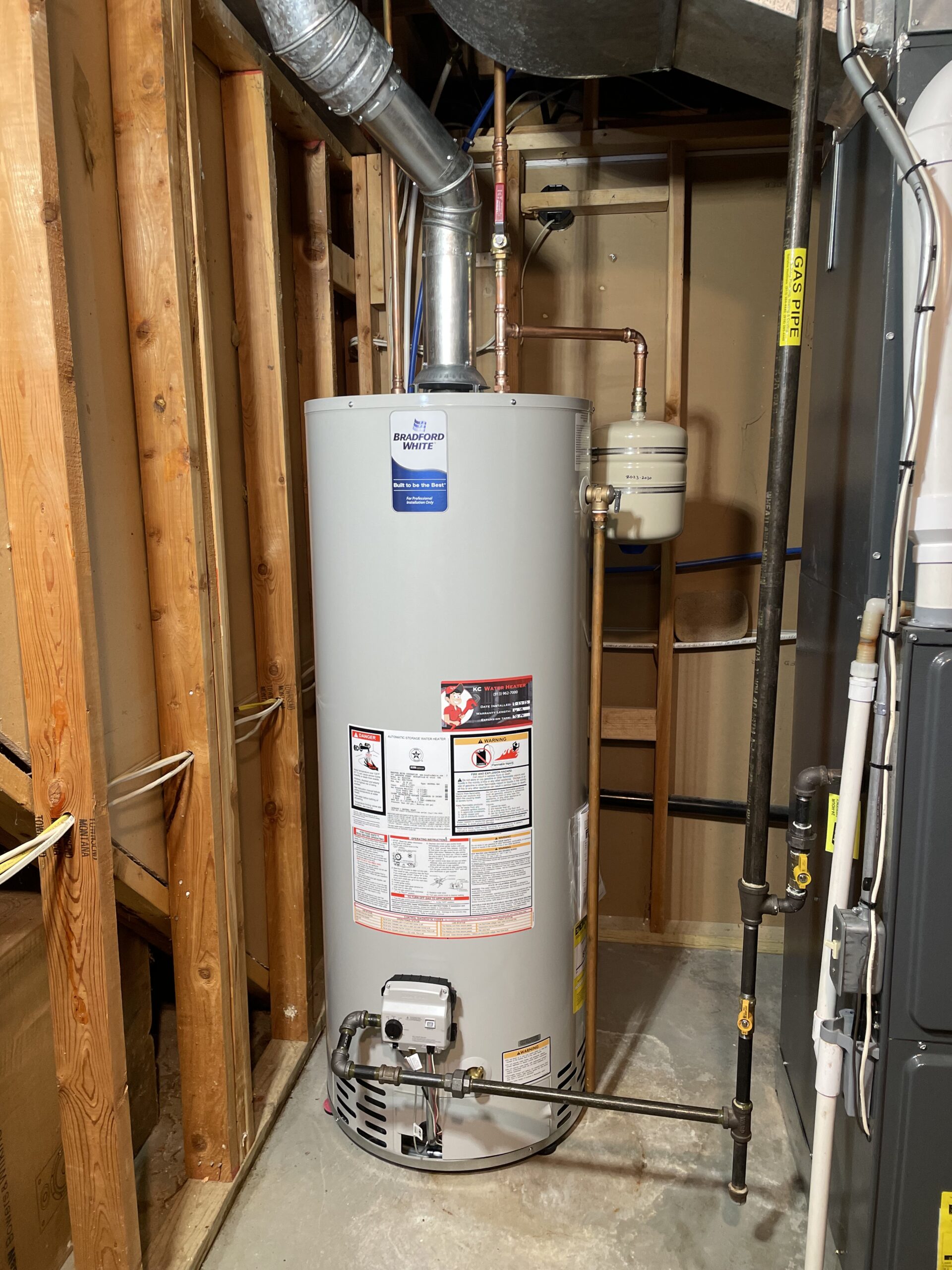Steps to Extend the Life of Your Home's Hot Water System By MaintenanceTop Methods to Maintain Your Home's Hot Water System EffectivelySteps to Properly Care for Your Home's Hot Water System
ArticleThe publisher is making a number of good points relating to How to Maintain a Hot Water Heater in a Few Simple Steps as a whole in this great article down below.

Hot water is necessary for day-to-day comfort, whether it's for a rejuvenating shower or cleaning dishes. To ensure your hot water system runs effectively and lasts much longer, regular maintenance is essential. This write-up provides useful ideas and understandings on just how to keep your home's hot water system to avoid interruptions and pricey repairs.
Intro
Keeping your home's warm water system may seem overwhelming, yet with a few simple actions, you can ensure it runs efficiently for many years ahead. This guide covers every little thing from recognizing your hot water system to DIY maintenance suggestions and understanding when to employ expert aid.
Value of Maintaining Your Warm Water System
Normal upkeep not just prolongs the life expectancy of your hot water system but also ensures it operates efficiently. Ignoring maintenance can cause decreased efficiency, higher power bills, and also premature failure of the system.
Signs Your Hot Water System Needs Upkeep
Knowing when your warm water system requires focus can prevent major issues. Keep an eye out for indicators such as irregular water temperature, strange noises from the heating unit, or rustic water.
Purging the Water Heater
Flushing your water heater eliminates debris build-up, boosting performance and prolonging its life.
Checking and Replacing Anode Rods
Anode rods prevent corrosion inside the tank. Examining and replacing them when worn is vital.
Complicated Issues Requiring Professional Aid
Instances consist of significant leaks, electrical troubles, or if your hot water heater is constantly underperforming.
Routine Professional Maintenance Benefits
Specialist maintenance can consist of thorough evaluations, tune-ups, and ensuring conformity with safety and security requirements.
Inspecting and Readjusting Temperature Level Settings
Changing the temperature setups makes sure optimal efficiency and safety.
Do It Yourself Tips for Maintenance
You can execute numerous maintenance jobs yourself to maintain your warm water system in top problem.
Checking for Leakages
Frequently check pipelines and connections for leakages, as these can lead to water damage and greater bills.
Comprehending Your Hot Water System
Prior to diving into maintenance jobs, it's useful to recognize the basic elements of your hot water system. Normally, this includes the water heater itself, pipelines, anode poles, and temperature controls.
Month-to-month Upkeep Tasks
Regular month-to-month checks can help capture small issues before they rise.
Testing Pressure Alleviation Valves
Evaluating the stress safety valve ensures it works appropriately and protects against extreme pressure build-up.
Protecting Pipelines
Shielding hot water pipes minimizes warmth loss and can conserve energy.
When to Call a Professional
While DIY upkeep is advantageous, some problems need specialist proficiency.
Conclusion
Routine maintenance of your home's hot water system is necessary for performance, durability, and expense savings. By complying with these ideas and understanding when to look for expert assistance, you can make sure a trustworthy supply of warm water without unanticipated interruptions.
How to Maintain an Instant Hot Water Heater
Before tinkering with your hot water heater, make sure that it’s not powered on. You also have to turn off the main circuit breaker and shut off the main gas line to prevent accidents. Also turn off the water valves connected to your unit to prevent water from flowing into and out of the appliance. 2. When you’re done, you have to detach the purge valves’ caps. These look like the letter “T” and are situated on either side of the water valves. Doing so will release any pressure that has accumulated inside the valves while at the same time avoid hot water from shooting out and burning your skin. 3. When the purge valves’ caps are removed, you have to connect your hosing lines to the valves. Your unit should have come with three hoses but if it didn’t, you can purchase these things from any hardware or home repair shops. You can also get them from retail stores that sell water heating systems. Read the user’s manual and follow it to complete this task properly. When the hosing lines are connected, open the purge port’s valves. 4. You should never use harsh chemical cleaners or solutions when cleaning your unit. Make use of white vinegar instead. It should be undiluted and you’ll probably use about 2 gallons. 5. Now flush your water heater. This task should probably take about 40 minutes. We can’t give you specific directions for this because the procedure is carried out depending on the type, model and brand of your heater. With that being said, refer to the user’s manual. 6. When you’re done draining the unit, you have to turn off the purge port valves again. Remove the hosing lines that you earlier installed on each of the water valves. Put the valve caps (purge port) back in their respective places and be very careful so as not to damage the rubber discs that are found inside these caps. 7. Now that everything’s back in place, check your user’s manual again to find out how to reactivate your water heating system. 8. Once it is working, turn one of your hot water faucets on just to let air pass through the heater’s water supply pipes. Leave the tap on until water flows smoothly out of it. https://www.orrplumbing.com/blog/2014/september/how-to-maintain-an-instant-hot-water-heater/

As a serious reader about Water Heater Maintenance Tips You Can't Afford to Forget, I was thinking sharing that excerpt was worthwhile. Appreciated our article? Please quickly share it. Let somebody else find it. Thank you for taking the time to read it.
Visit Our Website